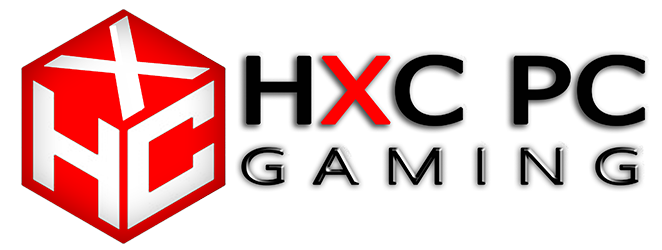When is an open world too big? Back in the ’80s, when video games like Hydlide, The Legend of Zelda, and Ultima were first figuring things out in this space, that wasn’t a question anybody thought to ask. But now, as adventures like Assassin’s Creed Shadows, Death Stranding 2, and Zelda: Tears of the Kingdom demand hundreds of hours to cover all of their ground, it’s becoming increasingly pertinent.
In an existence in which time is our most precious commodity, how much of it should the best open world games really be claiming? It’s something Alex Hutchinson thinks about a lot, the creative director who is perhaps best known for his work on Assassin’s Creed 3 and Far Cry 4 – two titles which pushed the boundaries in the early 2010s.
When Hutchinson began work on his latest game, Revenge of the Savage Planet, he says that the overwhelming scope of modern open world games became something of an in-joke for the folks at developer Raccoon Logic.
“The joke became that we’re making games for old people. We have a life, you know. I want to see my kids. I have friends. I don’t want a thousand hours of game. And every time someone told me that this or that open world is 400 kilometers square or 1000 hours long, I’m just like ‘I will never play that’.”
“We have a life, you know. I want to see my kids. I have friends. I don’t want a thousand hours of game”
Alex Hutchinson, creative director
Speaking with Edge Magazine for issue 413, part of a roundtable of developers assessing the state of open world games in 2025, Hutchinson went on to add that Savage Planet was designed to embrace that spirit of making games for people short on time.
“[On Savage Planet] we went for density, and we kept with that. The idea was that you find something interesting to interact with everywhere. If you finish that and you look around, you should at least see two other options for interaction. It’s no better or worse, but we don’t want the feeling [Hideo] Kojima’s going for in Death Stranding, or these enormous empty spaces. We want dense, joy-filled nuggets,” he says.
In our Revenge of the Savage Planet review, we praised the world design and how enjoyable traversing it can be once the stabilisers come off – so perhaps Hutchinson is onto something here. Truth be told, one of the best things about the modern video game landscape is that there’s room for everything.
The hundred-hour opus which is Assassin’s Creed Shadows can exist alongside the smaller, more meticulously-populated Assassin’s Creed Mirage. I’m 80 hours into Death Stranding 2 and have barely scratched the surface of its map; I still try to check back into games like Zelda: Breath of the Wild and Red Dead Redemption 2 when I can, and I’m always shocked to be finding new secrets and activities.
Sometimes, if I’m short on time, I’ll just take a little trip back into Shenmue or Yakuza 0 – worlds so dense that it can often feel like you’re taking a short weekend retreat into their spaces before walking away, energized.
I suppose what I’m saying is that the great thing about gaming today is that there really is an open world that can suit everybody – even those for us “old people”, as Hutchinson asserts, who no longer have 1,000 hours to spend exploring one location anymore.

